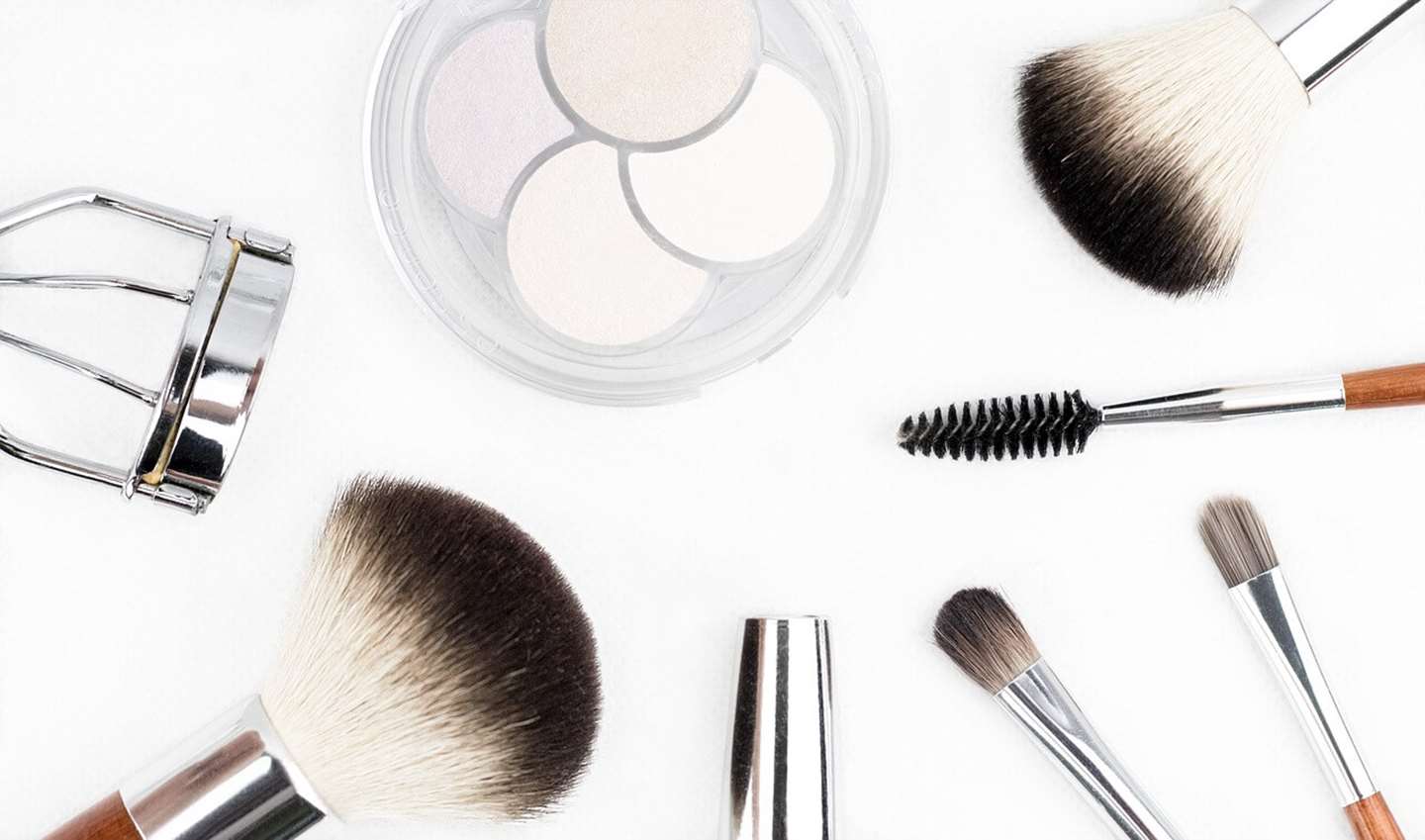The power of print at a glance
This multi-channel campaign led to more sales, more product trials and more customers as Maybelline NY worked each channel harder than before.
- 20 times the engagement compared to a previous static, non-customised print campaign, this is according to the coupon redemption rates
- Upsold 55% of participants to a better product and most of the new business secured was from people who previously bought competitive brands
- Participants were also more likely to recommend the brand, delivering a lift to Maybelline’s brand appreciation
- Target audience exceeded from the initial 5,000 to 55,000 site visitors
- The cosmetic brand saw positive responses generated via social media, blogs and makeup forums
The cosmetic industry is competitive and fast-evolving. Maintaining brand loyalty can be exceptionally challenging. Maybelline was struggling and needed to change their game quickly to stay ahead of competitors.
Women can have more than six brands of cosmetics in their handbag and Maybelline NY was not selling enough of their foundation products. Maybelline NY knew that many consumers are unaware of technical considerations in makeup choices, such as how foundation products behave differently based upon different skin types. Maybelline NY recognised this as they set out to increase brand loyalty and product sales.
The campaign aimed to leverage data collected via a variety of marketing channels to create a catalogue filled with tips and product recommendations personalised for each recipient. The goal was to educate consumers about choosing and using cosmetics, boost willingness to try new products, improve brand loyalty and ultimately increase cosmetic sales.
In order to be able to produce tailored catalogues, Maybelline NY created a microsite that collected relevant consumer information. A mass digital and social media campaign was then launched to drive consumers to the microsite where information about ethnicity, hair and eye colours, eye shape, skin conditions, and other information about their personal beauty regimes as well as mailing addresses were collected via a 12-part questionnaire.
Data was collated from the microsite’s form and, utilising 3.5 million unique combinations. Then, a series of three fully-personalised booklets containing cosmetic lessons, personal product recommendations, how-to guides, daytime vs night look recommendations and trackable discount coupons were created. These catalogues were then delivered sequentially straight to each customer over several months.


